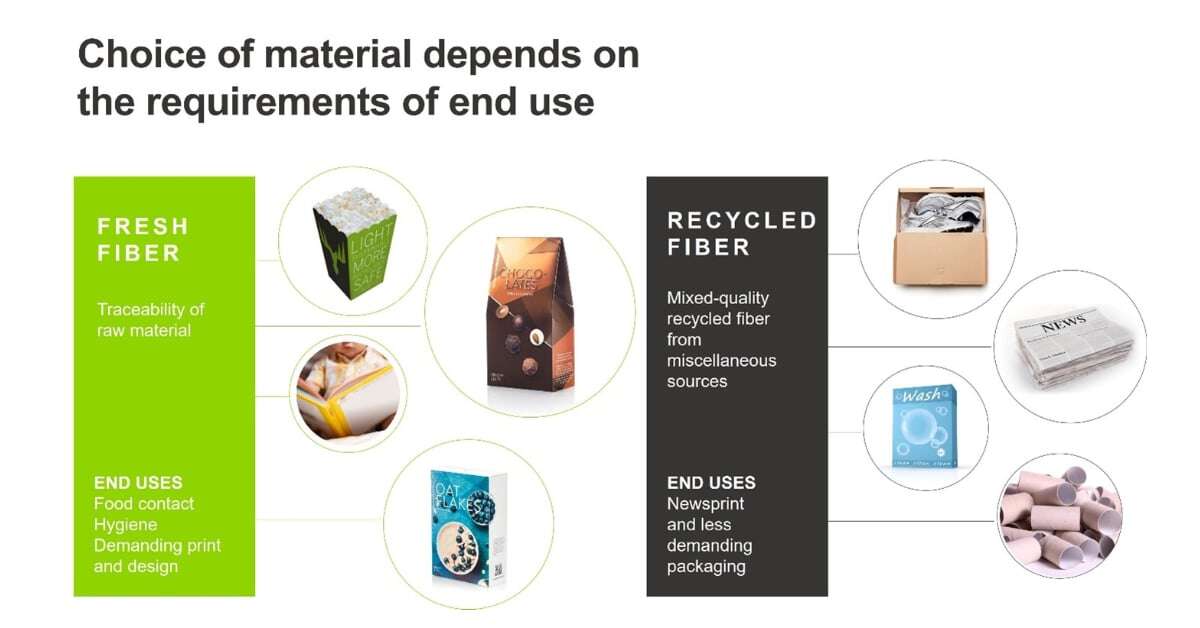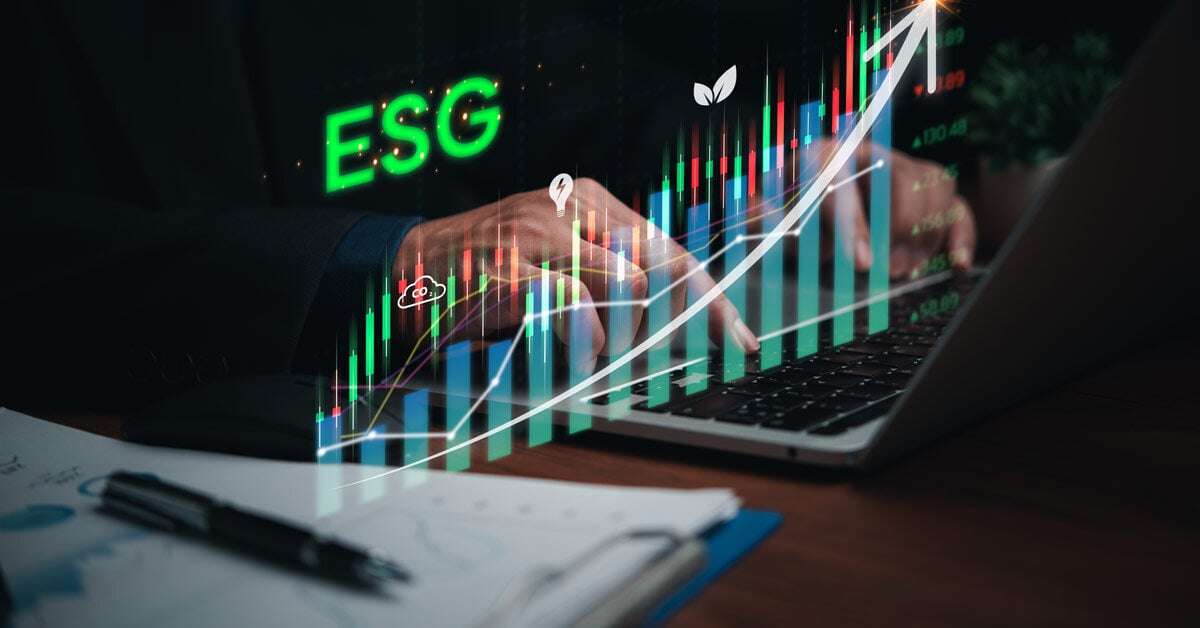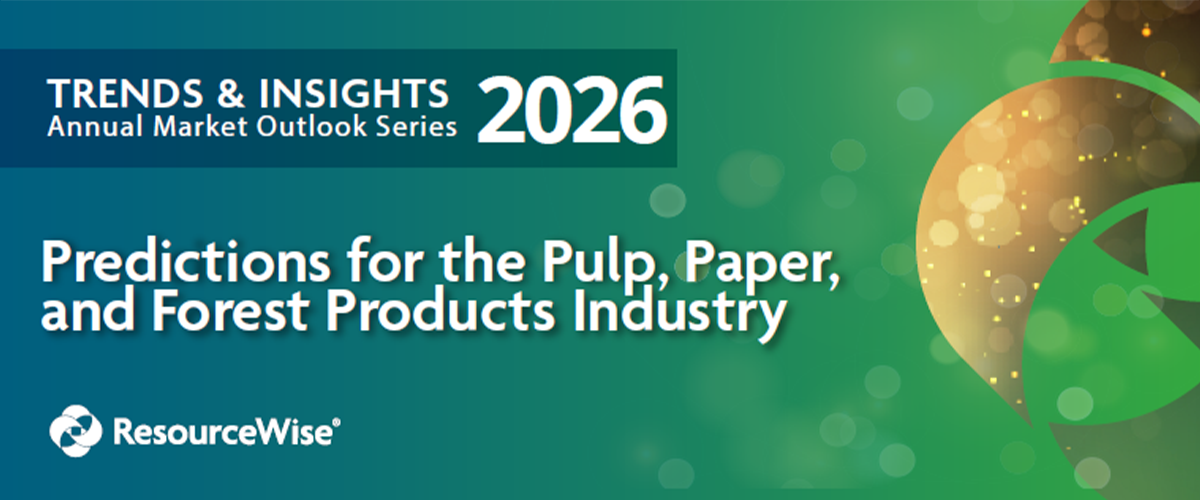3 min read
Virgin Fiber Vs Recycled Fiber – Which Should You Choose?
Fisher International
:
Apr 6, 2023 12:00:00 AM

As consumer preference for renewable and sustainable materials grows, many companies are evaluating their footprint and making corporate-level changes that are in line with a greener transition. To meet these broadening targets and broadcasted commitments, many are wondering whether a switch from virgin fiber to recycled fiber is the right move.
A Breakdown of Recycled Fiber
What separates recycled fiber from many other grades of pulp is that it is produced using recovered paper that has already been processed through fiber stock preparation systems and formed. It is then dried or dewatered before being shipped in bales.
Defined by the Forest Stewardship Council, there are two fundamentally different types of recycled fiber:
- Post-consumer reclaimed material: Material that is reclaimed from a consumer or a commercial product that has been used for its intended purpose by individuals, households or by commercial, industrial and institutional facilities in their role as end-users of the product.
- Pre-consumer reclaimed material: Material that is reclaimed from a process of secondary manufacture or further downstream industry, in which the material has not been intentionally produced, is unfit for end use or not capable of being reused on-site in the same manufacturing process that generated it.
The Sustainability of the Fibers
When it comes to which fiber better embodies a circular economy, there are a few points to consider. For one, post-consumer recycled fiber has a better footprint than pre-consumer recycled fiber. It is manufactured from recycled products that have already served a purpose for end-users before it’s sold on the market. Once there, it will again serve a useful function before it’s recycled again, and the process is repeated.
Another significant benefit of cellulosic recycled fibers is that the finished end product made from recycled fibers can be a myriad of different paper products from napkins and tissue paper to corrugated containers, grocery bags, and more.
Aside from the direct benefits recycled fiber use brings, it also creates indirect advantages as well. The usage of recycled fiber oftentimes involves partnering and teamwork with external organizations, local municipal governments or landfill operators to make systematic changes for diverting paper waste from landfills and closing the loop.
While many assume that any recycled or repurposed material is bound to be a more sustainable choice, that is not always the case. Virgin fiber also presents manufacturers the opportunity to adhere to and improve upon their own environmental commitments.
Sourcing virgin fiber from sustainably-managed forests is an essential input for paper manufacturers to remain green. It acts as an incentive for forestland owners to continue, or even begin, managing their lands in a sustainable manner. This move comes in opposition to selling the land for development and other non-forest purposes.
For example, for every tree that is harvested in the United States, at least 2.5 -3.5 tress are replanted depending upon the source. According to Two Sides North America, tree harvests occur on slightly less than 2% of US forests. By contrast, 3% of US forests are destroyed by insects, disease, and fires. Those trees, if this occurs on non-sustainably- managed forests, are not replanted. With sustainably managed forests leading the way, the United States forests are growing two times the tree volumes as to what is harvested.
Additionally, some virgin fiber paperboards use fibers that are more integral. This means lower weights of fiber are required to create packages of equal or better performance compared to containers made with recycled fiber. This is usually not possible when using recycled fiber.
So, Virgin or Recycled?
At the end of the day, there is no universal, simple answer. Fiber use isn’t a ‘one size fits all.’ The type of fiber you use should depend on multiple factors:
- The grades you are producing
- The intended market application
- The necessary functionality of the product
- The emissions that would be produced to acquire one or the other
You can’t blindly replace the fiber you use without understanding if that will be the best change for your production. For example, recycled fiber would best be used in products that don’t require significant brightening and cleaning. Those processes result in the use of more carbon emissions, leaving behind a larger footprint than before.
Virgin fiber, on the other hand, possess physical characteristics that results in fibers that are stronger and longer than recycled fiber. Recycled fibers become shorter and weaker each time they are recycled, and that affects how they can be used.
Virgin fiber is also cleaner and more hygienic – alleviating some of the risks associated with certain recycled paperboard. That makes virgin fiber more appropriate than recycled for certain end-use products in the human and medical hygienic sphere or in certain food packaging applications.

Source: The Dieline
Both cellulosic virgin and recycled fibers are excellent alternatives to plastic films, polystyrene, and other unsustainable packaging materials as they promote and perpetuate a circular economy. We need the production of both fibers. Fiber cannot be infinitely recycled, which means virgin fiber must enter the supply chain to yield recycled fiber.
Furthermore, a complete shift to higher recycled content across the entire board is not actually the best way to use our natural resources. This is why it’s imperative for pulp and paper producers to have a solid understanding of the footprint and sustainable opportunities their company possesses.
Fisher International can provide pulp and paper companies the data and expertise needed to answer which fiber is the best fit for them. We provide information on assets, production, operations, environmental flows, cost-of-production, long-term viability, and so much more on every pulp and paper mill in the world. Our consulting team is then able to deliver deeper insight that can inform your choices and create a transformative advantage.
For more information on how Fisher can help you, contact us today.
Are you already in the recycled fiber space and looking for a transaction-based price benchmark? Download our white paper detailing our approach to market momentum tracking and benchmark capabilities for recycled fiber in the US market.





